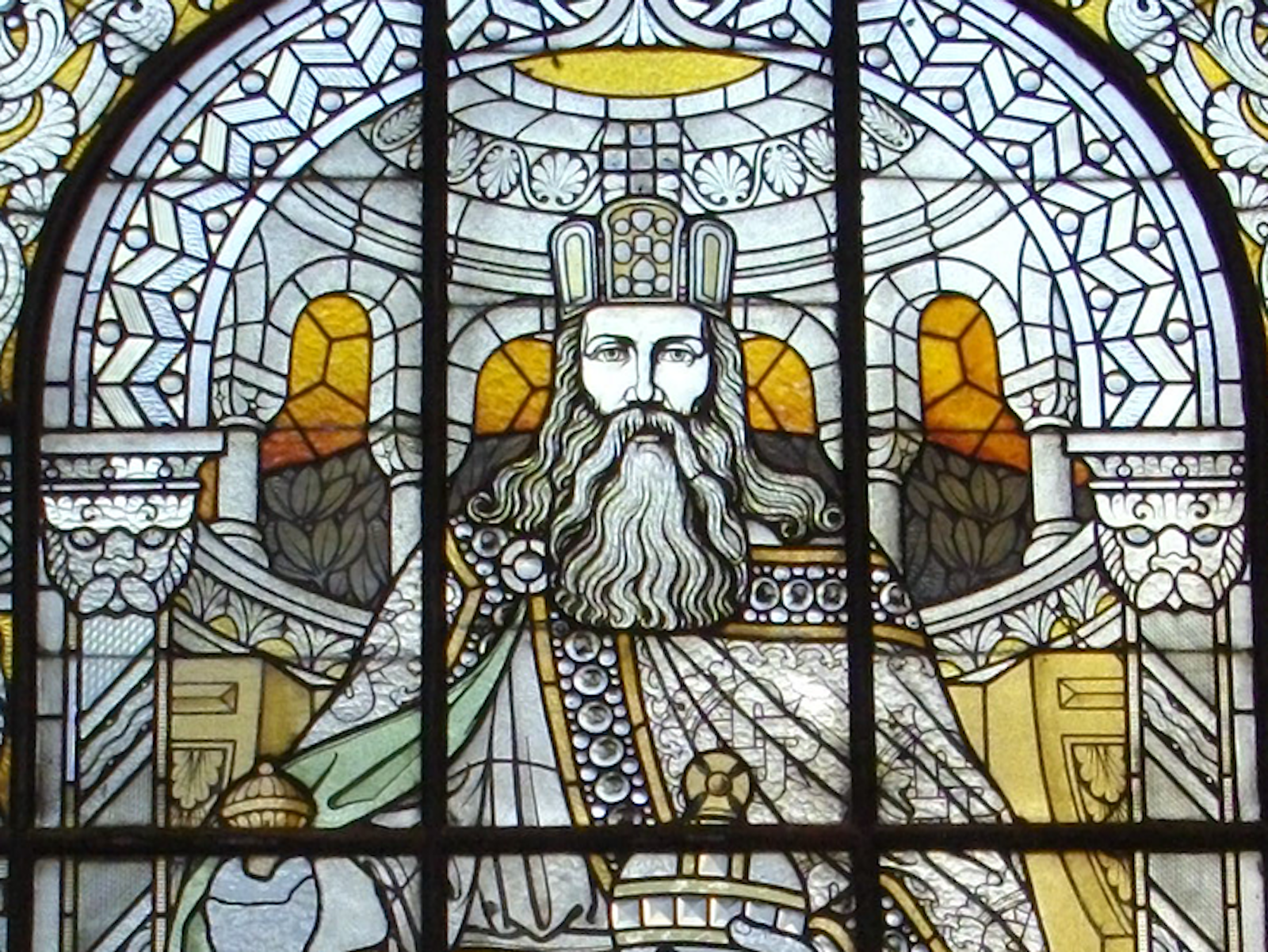I
recently discovered that my 10-times-great-grandfather bought a good
chunk of Brooklyn from the Lenape Indians. He was one of the first
Dutch landowners on this continent, a man who had run a laundry
bleaching business in Holland but had traveled under the auspices of
the Dutch West India Company to become a farmer in the New World. The
deed in question, written in Dutch in 1636, is the first record of
any land being sold on Long Island.
Pretty
neat, right? But as I realized almost immediately, this isn’t much of
a distinction. According to a genealogy site maintained by a distant
cousin, I share this Dutchman with more than a quarter million other
descendants. (We can all be kings and queens of Brooklyn—it is
called Kings County, after all.)
Chances
are, if you have a famous ancestor far enough back that finding out
about them is a surprise, you share them with a small city of other
people. And the farther back you go, the truer that is. In 2004,
statistician Joseph Chang, computer scientist Douglas Rohde, and
writer Steve Olson used a computer model of human genetics to show
that anyone who was alive 2,000-3,000 years ago is
either the ancestor of everyone who’s now alive,
or no one at all. Think about that: If a person alive in 1,000 BCE
has any descendants alive today, they have all of us—even people
from different continents and isolated populations. This line of
thought led to the revelation that everyone of European heritage
alive today is a descendant of Charlemagne,
who ruled over much of Europe as the first Holy Roman Emperor. As
science writer Carl Zimmer wrote last week, it’s “Charlemagne for
everyone!” (Zimmer’s
excellent post
covers a recent paper that looked at actual genomic data from
European populations and came to a similar conclusion: All living
Europeans, from Turkey to England, Spain to Finland, are related many
times over.)
Now, there’s another important implication of these studies: Most of the people you are descended from are no more genetically related to you than strangers are.
It
doesn’t get any less weird when you look at it from the other angle:
While you more
than likely have
four distinct
grandparents and eight distinct great-grandparents, past a certain
number of generations back, your number of ancestors stops growing
exponentially, because they start being the same people. By the time
a couple who married in 1450 in Holland, has had a few hundred
descendants over the span of several generations, those people are
distantly related enough that some of them start marrying (and, yes,
reproducing with) each other. That couple thus becomes the
however-many-great-grandparents of the children of those unions along
multiple branches of their family tree. (If your number of ancestors
actually
doubled every generation, by the time you counted back the 40 or so
generations to Charlemagne, you’d have around a trillion ancestors.
Scholars estimate the world population was only about 300 million at
that point.) Stretch this back a few thousand years and you can see
how you wind up being related to every other member of your species.
Now,
there’s another important implication of genomic
ancestry studies: Most of the people you are descended from are no
more genetically related to you than strangers are. Or to put it
another way, your genealogical family tree, which includes all the
history of your family going back thousands of years, is much larger
than your genetic
family tree—the
people whom genome sequencing would pinpoint as related to you. 99.9
percent of your genome is the same as that of every other human
being (apart
from the x and y chromosomes), and that .1 percent of variation in
each person gets thinned out pretty quickly across the generations,
as each child gets half of each of her parents’ genomes, passes on
half to each of her children, and so on. Geneticist Luke Jostins did
a
nice mathematical analysis and estimated that you have only about a 12 percent
chance of being genetically related to an ancestor 10 generations
ago; by the time you get to a 14-generation ancestor, the probability
is nearly zero.
So
computer models and analysis of real genomes show that everyone’s
distant ancestors are the same people. Thanks to the dilution of
specific people’s genetic contributions, we stop being identifiably
descended from most of our ancestors relatively quickly. And the
illustrious folks we might like to lay claim to have so many
descendants that being descended from them is kind of a moot point.
Given
that people—especially those in melting-pot countries with only a
vague sense of where they came from—often search out their
genealogies to find their special background, this information might
be a bit disconcerting. Everyone’s genomes and families are not as
enduringly specific as we tend to think.
But
while genetics doesn’t
reflect much of our
imagined genealogical uniqueness, it’s shown that we’re more
closely tied to our species as a whole than we might have realized.
We’re all part of this enormous human fabric, full of fascinating
tendencies and bizarre biochemistry. And research is revealing more
and more about humanity as a whole and our incredibly beautiful,
incredibly unlikely perch in the universe. That’s a tradition to be
proud of.
Veronique
Greenwood is a former staff writer at DISCOVER Magazine. Her work has
appeared in Scientific
American,
Popular
Science,
and the sites of Time,
The
Atlantic,
and The
New Yorker.
Follow her on Twitter here.






























